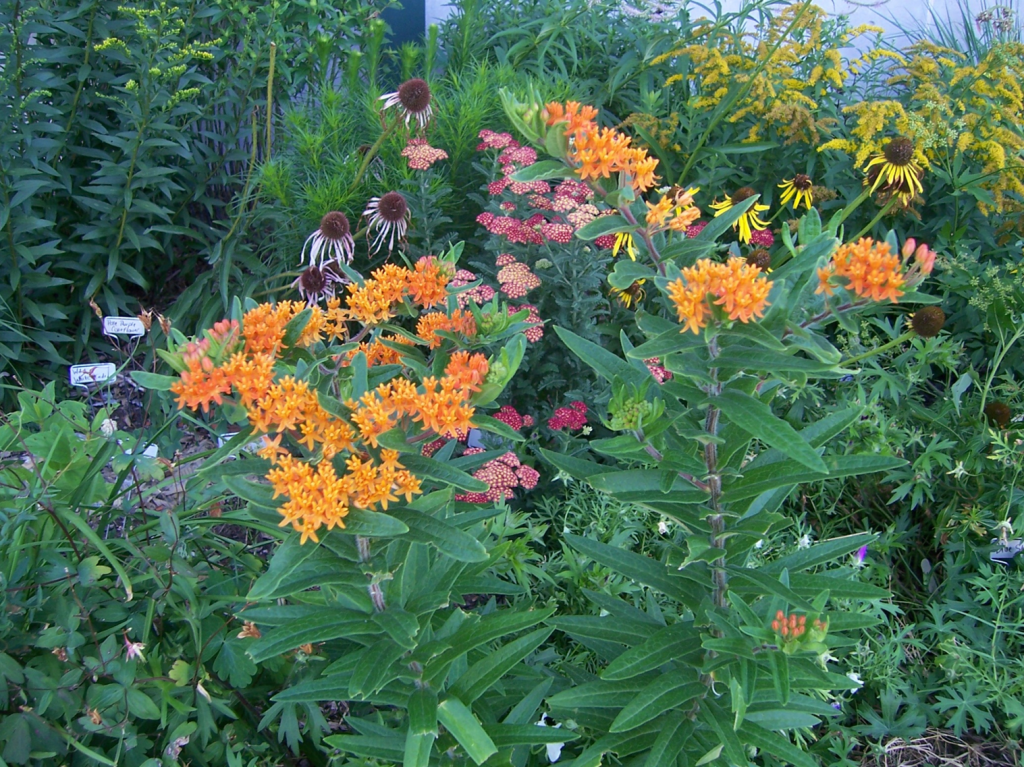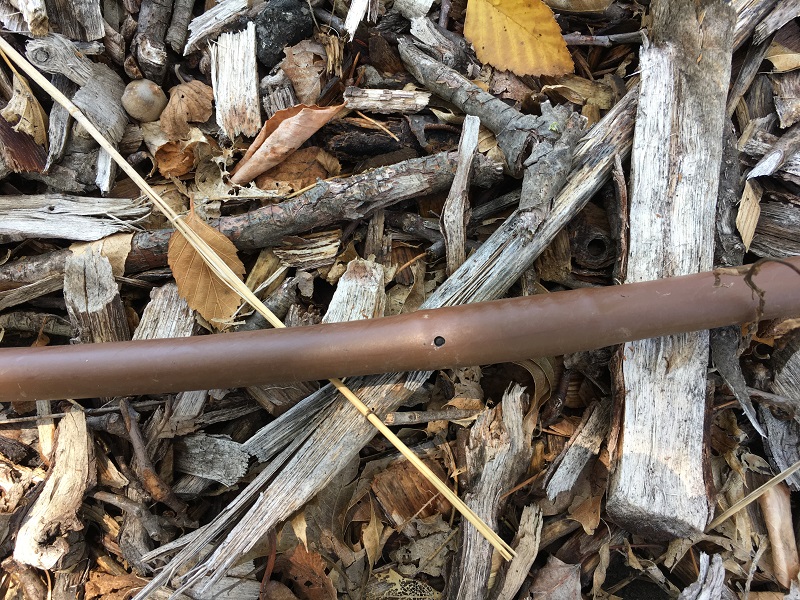The prairie communities we see are diverse and complex. Plants, intricately woven together, crowd out weeds and harmoniously coexist. When you look at a prairie, you only see about 1/3 of the plant. The root systems that sustain these native plants make up the remainder, because they reach deep into the soil. The first year is so critical to the whole process of getting native plants established. Developing these root systems properly is vitally important and the establishment period takes time. Here are a few steps I take to get my new native plants started.
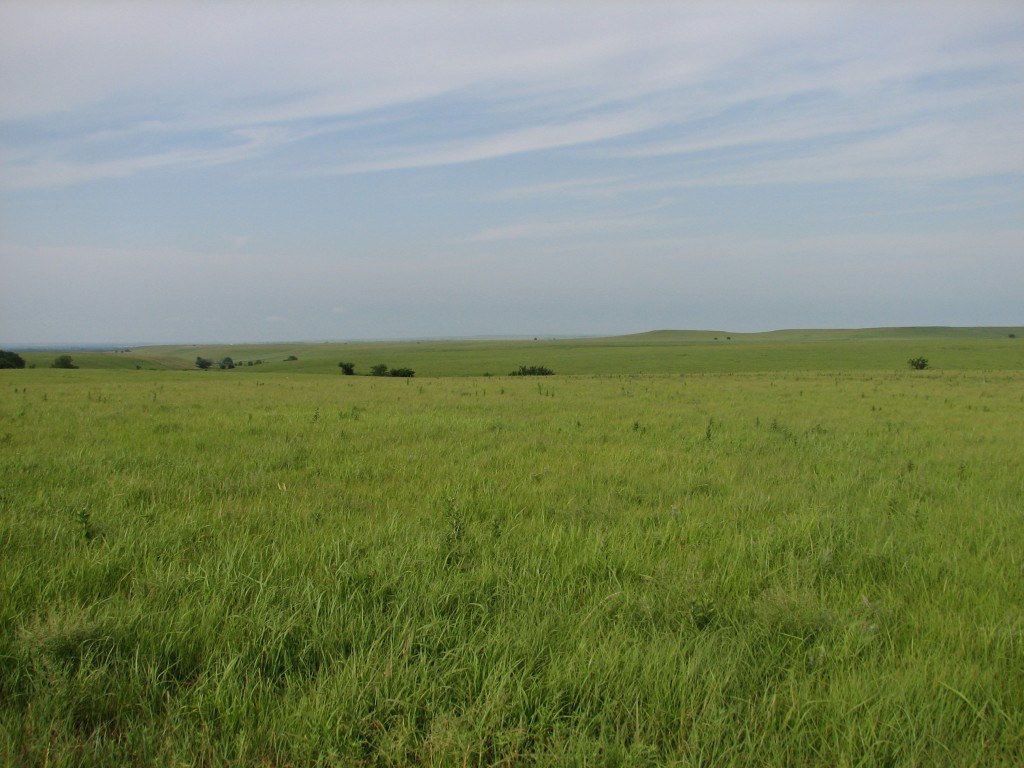
Planting
I like to lay out the entire area by placing the plants where they are supposed to be planted. This does a couple things: first, it helps with proper spacing of the plants and second, it helps to visualize the final outcome. Think about mature size, rather than what the plants looks like in its infant state.
Now that we have the plants laid out, we can start putting them in the soil. It is critical to not plant them too deep. In our heavy clay soils, it is best to plant them level or slightly higher (1/8 to ¼ inch) than the soil line, especially in heavier clay soil. This keeps the crown drier, which is important for disease control. Over time, these natives will develop at the depth they prefer to grow in.

Watering
Now that the plants are in the ground, they need frequent watering until they get established. Even drought-tolerant plants need to be watered daily until they begin to root and connect with the soil around them. Keep in mind that improper watering is the most common reason for plant loss during the establishment period.
For me, I water each new area by hand rather than with a sprinkler. It helps me control the amount of water each plant receives and directs it to the intended plant. I water every day for the first two weeks depending on the weather. After that first two weeks, you should start to see new growth.
For the next few weeks, I water every other day or every third day as needed, monitoring the planting each day for signs of stress/wilting.
Even after this month long process of establishment, each plant must be monitored and watered through the following summer, fall, winter and spring. Native plants are not established until the second summer.
Remember, it takes a few years for those roots to fully develop. If your plants are properly sited, you will not need to water much after the first full year. However, if you must water your area during a dry period, natives will appreciate deep and infrequent watering.
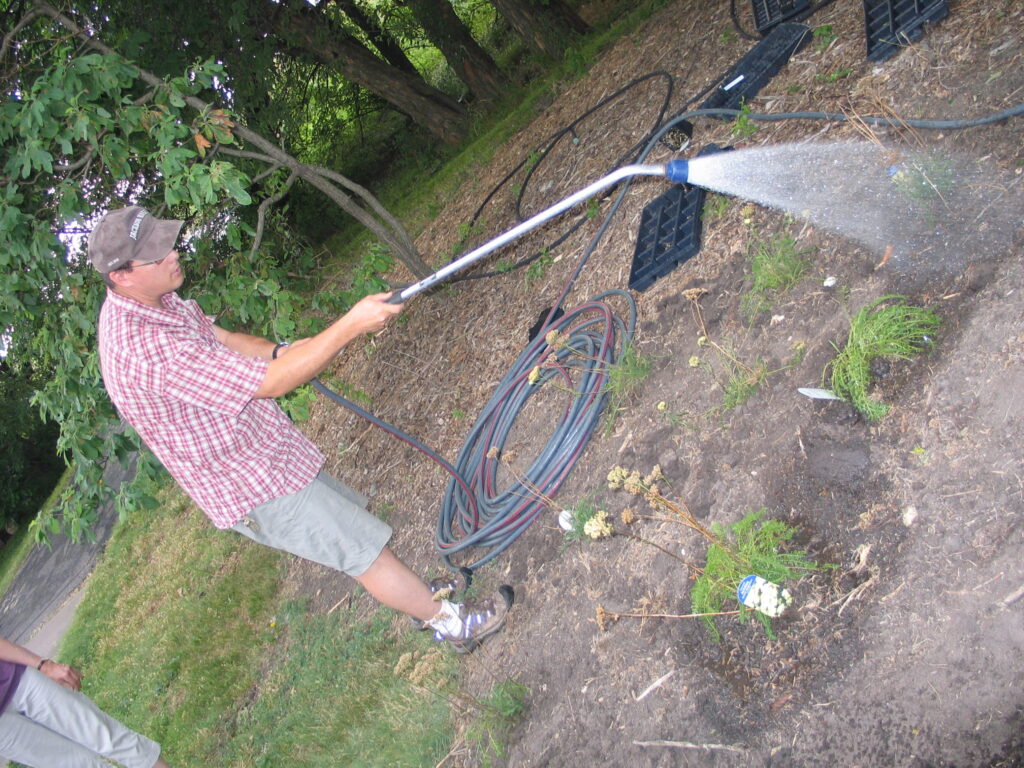
Don’t Fertilize
People ask me all the time about fertilizing native plants. As a general rule, I don’t fertilize our native plants especially during that first year. Think about those small plants in the ground and what will happen to them if they are fertilized. They will have tremendous top growth that is not sustainable by the small root system. This will put the plant under stress and slow its progress.
Natives are resilient and adaptive. The deep roots most often will find the nutrients and moisture each plant needs.
Mulch
In the book Planting in a Post-Wild World: Designing Plant Communities for Resilient Landscapes, Thomas Rainer and Claudia West develop the ideas of layering plants. There are usually at least three distinct layers of plants: the upper layer filled with taller structural plants used to frame and punctuate the landscape, the middle layer filled with ornamental flowering plants and the ground level that weaves the other layers together and shades the soil, which controls weeds.
These layers mimic natural plant communities and each layer is important for the health of the plants. A collection of plants living in community can be extremely drought tolerant and water-thrifty.
If you decide to mulch your display beds initially, only place one to two inches of mulch down and keep it away from the stems. This is fine as the beds are first established. As they mature, less mulch is needed because, with the right care, the plants become the mulch. Something to think about is whether you have seen mulch in the prairie? No, the plants eventually co-mingle and intertwine to push out weeds.
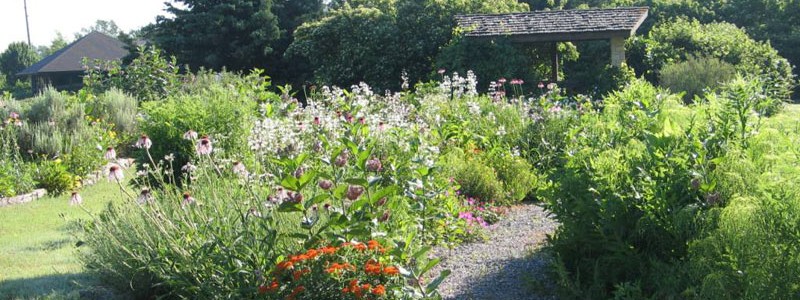
Creating a native landscape takes time. With each new plant established comes an expectation of a brighter future. Often, we garden and landscape our yards with the anticipation of what we will get rather than what we are giving back. By adding native plants to our gardens, we will help make our gardens not only beautiful, but also productive and full of life.

